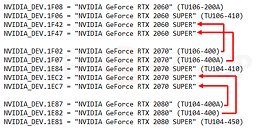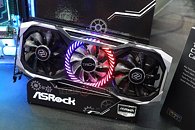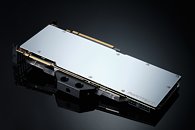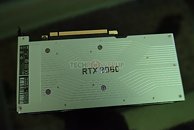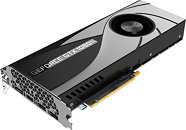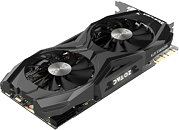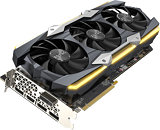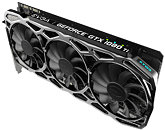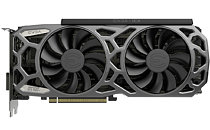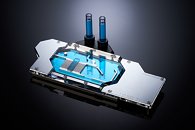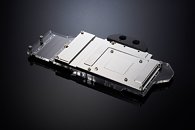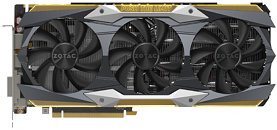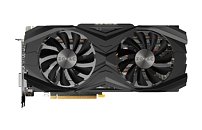
NVIDIA's Next-Gen Reference Cooler Costs $150 By Itself, to Feature in Three SKUs
Pictures of alleged next-generation GeForce "Ampere" graphics cards emerged over the weekend, which many of our readers found hard to believe. It's features a dual-fan cooling solution, in which one of the two fans is on the reverse side of the card, blowing air outward from the cooling solution, while the PCB extends two-thirds the length of the card. Since then, there have been several fan-made 3D renders of the card. NVIDIA is not happy with the leak, and started an investigation into two of its contractors responsible for manufacturing Founders Edition (reference design) GeForce graphics cards, Foxconn and BYD (Build Your Dreams), according to a report by Igor's Lab.
According to the report, the cooling solution, which looks a lot more overengineered than the company's RTX 20-series Founders Edition cooler, costs a hefty USD $150, or roughly the price of a 280 mm AIO CLC. It wouldn't surprise us if Asetek's RadCard costs less. The cooler consists of several interconnected heatsink elements with the PCB in the middle. Igor's Lab reports that the card is estimated to be 21.9 cm in length. Given its cost, NVIDIA is reserving this cooler for only the top three SKUs in the lineup, the TITAN RTX successor, the RTX 2080 Ti successor, and the RTX 2080/SUPER successor.
According to the report, the cooling solution, which looks a lot more overengineered than the company's RTX 20-series Founders Edition cooler, costs a hefty USD $150, or roughly the price of a 280 mm AIO CLC. It wouldn't surprise us if Asetek's RadCard costs less. The cooler consists of several interconnected heatsink elements with the PCB in the middle. Igor's Lab reports that the card is estimated to be 21.9 cm in length. Given its cost, NVIDIA is reserving this cooler for only the top three SKUs in the lineup, the TITAN RTX successor, the RTX 2080 Ti successor, and the RTX 2080/SUPER successor.




